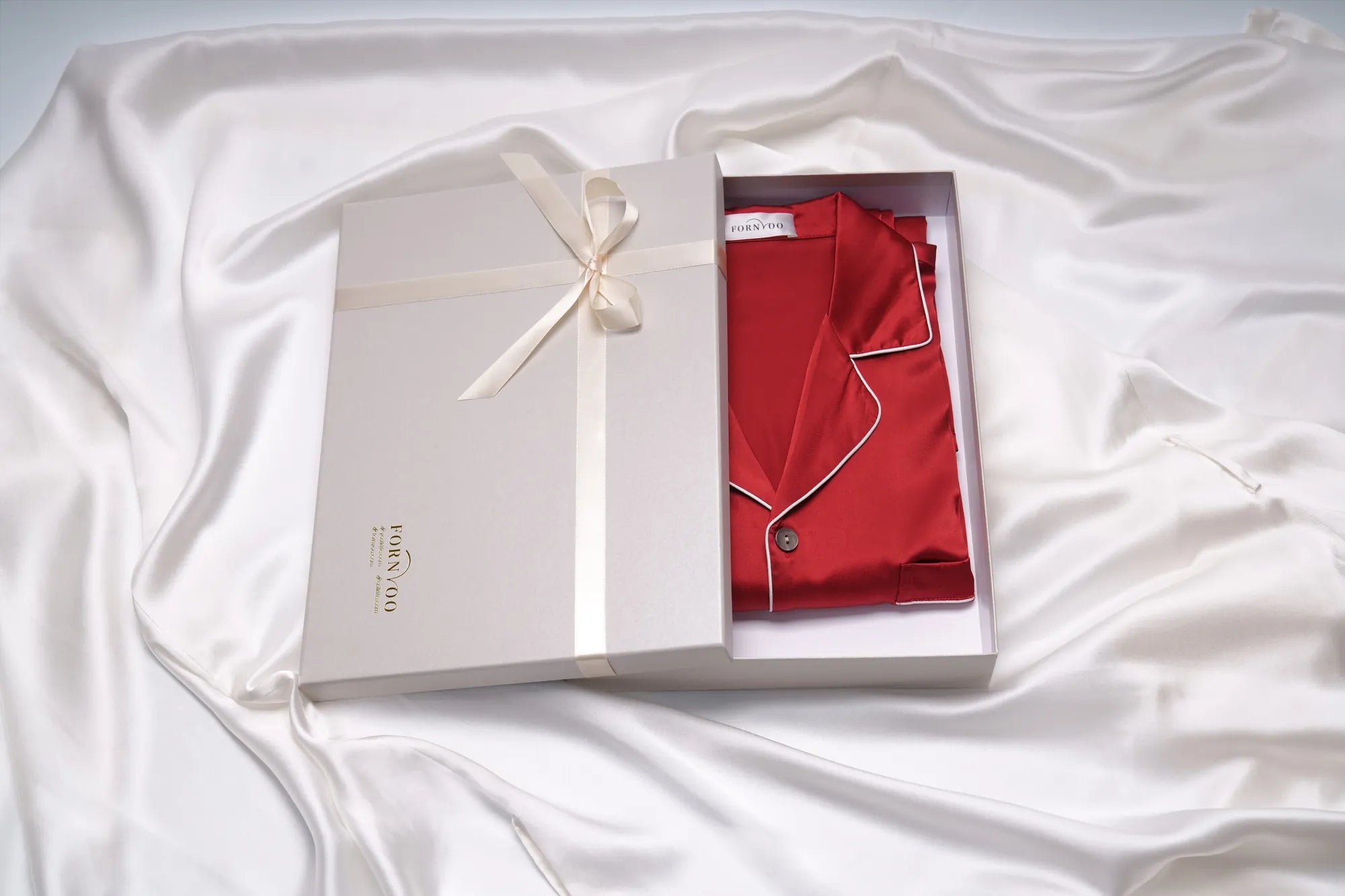Hand Rolled Silk Scarf: The Timeless Elegance of Artisan Craftsmanship
- ved wangfred
-

Imagine draping a whisper-thin, luminous fabric around your shoulders—one that carries the legacy of artisans who’ve perfected their craft over decades. This is the allure of the hand-rolled silk scarf, a symbol of sophistication and artistry that transcends fleeting fashion trends. From its origins in ancient textile traditions to its status as a contemporary wardrobe staple, the hand-rolled silk scarf embodies a blend of heritage and innovation.
The History of Silk and Its Transformation into Scarves
Silk, often dubbed the 'Queen of Fabrics,' has been coveted for over 5,000 years. Its journey began in China, where the secret of sericulture was guarded fiercely. By the time silk reached Europe via the Silk Road, it had become synonymous with wealth and power. The transformation of silk into scarves, however, emerged much later. In the 17th century, European aristocracy popularized silk neckerchiefs, which evolved into the scarves we recognize today. Hand-rolling, a meticulous technique to finish edges, became the hallmark of luxury, distinguishing mass-produced accessories from heirloom-quality pieces.
The Art of Hand-Rolled Edges: Precision Meets Passion
What sets a hand-rolled silk scarf apart is its edges—soft, seamless, and impossibly delicate. Creating these edges requires a painstaking process. Artisans fold the fabric inward, typically twice, and stitch it by hand using nearly invisible thread. Each stitch is spaced precisely 2-3 millimeters apart, a rhythm perfected through years of practice. This method not only ensures durability but also allows the scarf to drape fluidly, avoiding the stiffness often seen in machine-hemmed alternatives. A single scarf can take hours to complete, reflecting the artisan’s dedication to preserving a vanishing craft.
The Role of Material Quality in Crafting Excellence
Not all silk is created equal. The finest hand-rolled scarves use mulberry silk, produced by silkworms fed exclusively on mulberry leaves. This yields fibers that are uniform in texture, exceptionally strong, and radiantly glossy. The weight of the silk—measured in mommes—also matters. Scarves typically range from 12 to 16 mommes; lighter weights offer ethereal drape, while heavier ones provide structure. Artisans often hand-paint or digitally print designs onto the fabric before rolling the edges, ensuring patterns align flawlessly with the scarf’s contours.
Cultural Significance and Modern Adaptations
In many cultures, silk scarves are more than accessories—they’re storytellers. Traditional motifs might depict folklore, nature, or spiritual symbols, each carrying layered meanings. Today, designers reinterpret these narratives through abstract geometries and bold color palettes, making hand-rolled scarves versatile enough for both avant-garde and classic ensembles. Ethical production practices have also gained prominence, with artisans prioritizing sustainable dyeing processes and fair labor standards.
Styling the Hand-Rolled Silk Scarf: From Casual to Couture
The beauty of a hand-rolled silk scarf lies in its adaptability. Tie it around a ponytail for a touch of Parisian chic, layer it over a trench coat for polished warmth, or knot it as a belt to elevate jeans and a tee. Its lightweight nature makes it ideal for year-round wear, while vibrant prints can transform minimalist outfits into eye-catching statements. For formal occasions, draping a scarf over one shoulder adds red-carpet glamour without overpowering the ensemble.
Caring for Your Investment Piece
To preserve the scarf’s luster and shape, hand-wash it in cold water with a mild detergent. Avoid wringing; instead, gently press out excess water and lay it flat on a towel to dry. Iron on the lowest setting while the fabric is slightly damp, and store it rolled or folded in a breathable pouch to prevent creasing. With proper care, a hand-rolled silk scarf can last decades, becoming a cherished heirloom.
In a world of fast fashion, the hand-rolled silk scarf stands as a testament to patience and artistry. It invites wearers to slow down, to appreciate the human hands that shaped it, and to revel in the quiet luxury of owning something truly unique. Whether gifted or self-purchased, it’s more than an accessory—it’s a wearable narrative of culture, craftsmanship, and timeless beauty.












